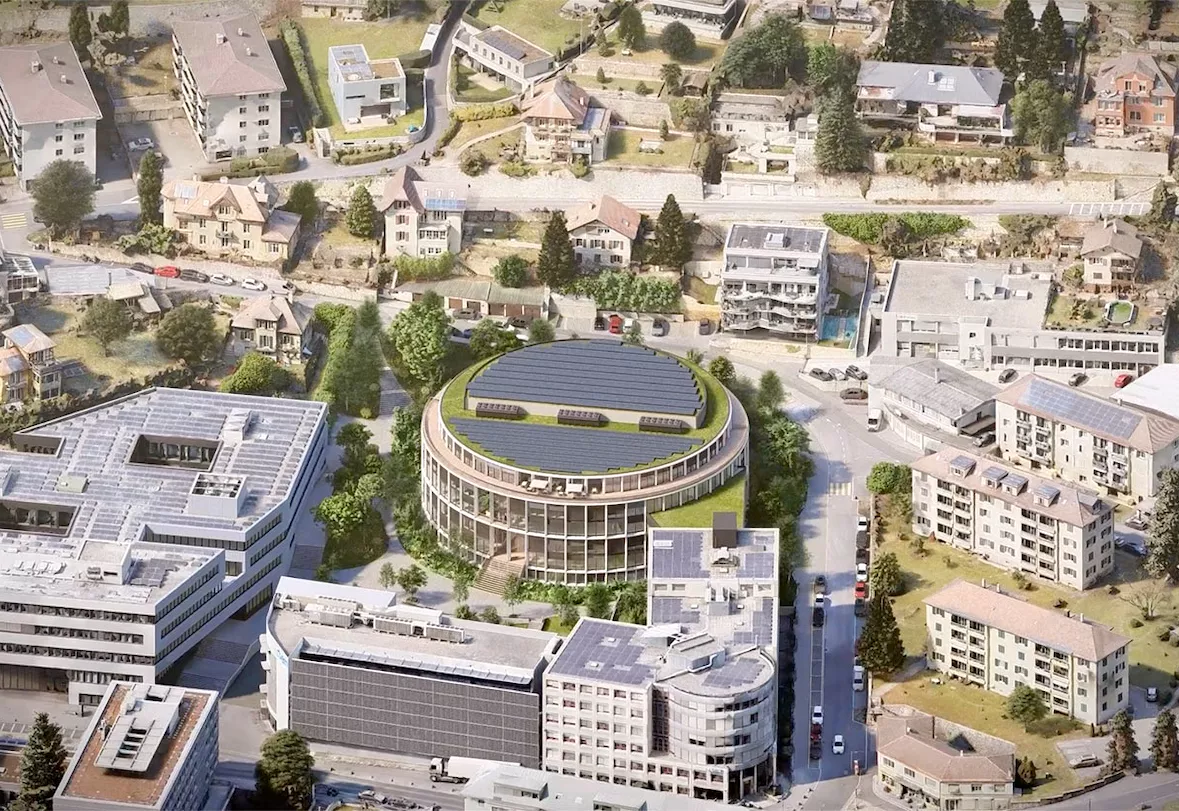Neuchâtel’s JD7 project reveals a future of innovation and sustainability in the canton, aiming to foster collaboration and eco-efficiency.
In a significant advancement for Neuchâtel’s innovation district, the JD7 project, led by Silatech SA, has been unveiled, marking a new era of architectural brilliance and collaborative potential in the canton.
JD7 aims to be a hub for the CSEM, research and development centers, start-ups, and other key innovation actors, filling a crucial gap in the existing infrastructure between prestigious institutions like UniNe, He-Arc, CPNE, and EPFL. This ambitious project, with an investment of CHF 70 million, underscores the economic stakes for the canton of Neuchâtel, highlighting a commitment to fostering sustainable and responsible economic growth based on centuries of industrialization and innovation heritage.
A catalyst for collaboration, research, and economic development in the region
In the project’s press release, Alain Ribaux, State Councillor and Head of the Department of Economy, Security, and Culture of the Canton of Neuchâtel, emphasized JD7’s role in unifying the innovation district, enhancing regional innovation through strengthened synergies. The project anticipates adding over 10,000 square meters of floor space for offices, advanced laboratories, technical premises, and collaborative areas, poised to host primarily CSEM along with start-ups and other innovation stakeholders.
JD7 is distinguished by its circular architecture, promoting natural light and interaction among users. Its flexible office spaces and state-of-the-art laboratories are designed to be adaptable, meeting the changing needs of research and industry. Emphasizing sustainability, the building incorporates advanced technologies to minimize environmental impact, focusing on energy efficiency and the use of renewable energy sources through a strategic partnership with Viteos.
This initiative not only exemplifies architectural excellence but also acts as a catalyst for collaboration, research, and economic development in the region. The City of Neuchâtel aligns perfectly with this vision, aiming to create additional jobs and develop strategic economic zones while focusing on sustainable construction and accessible green spaces.




